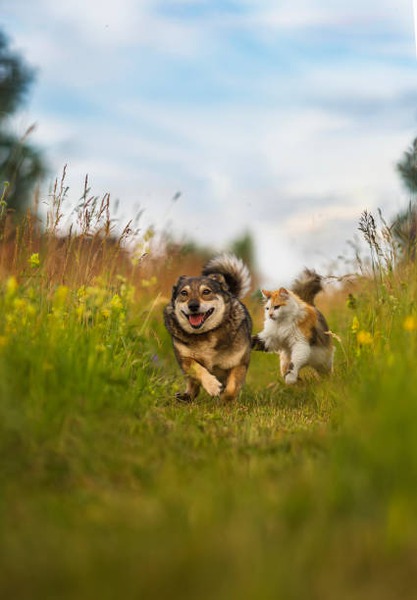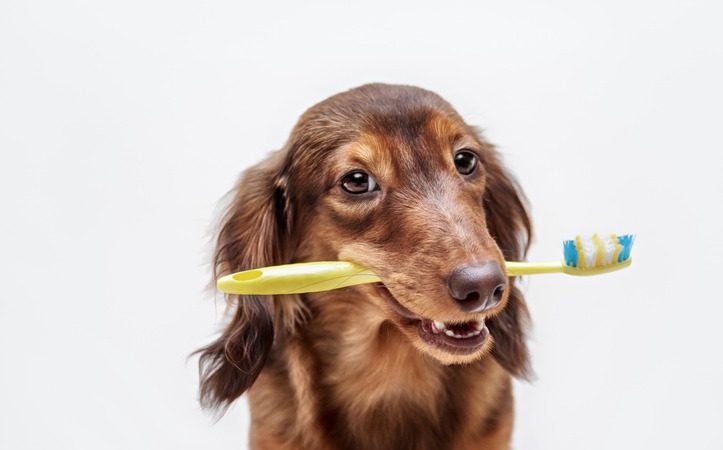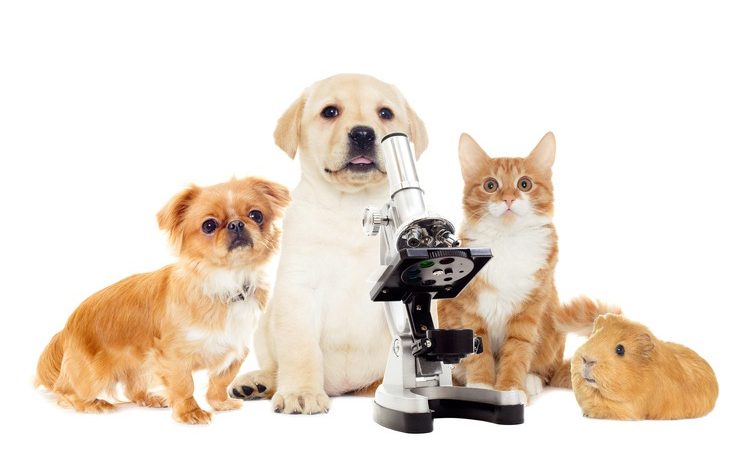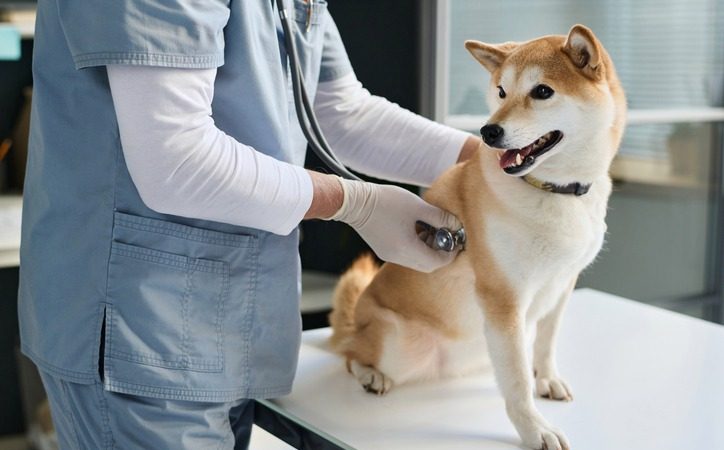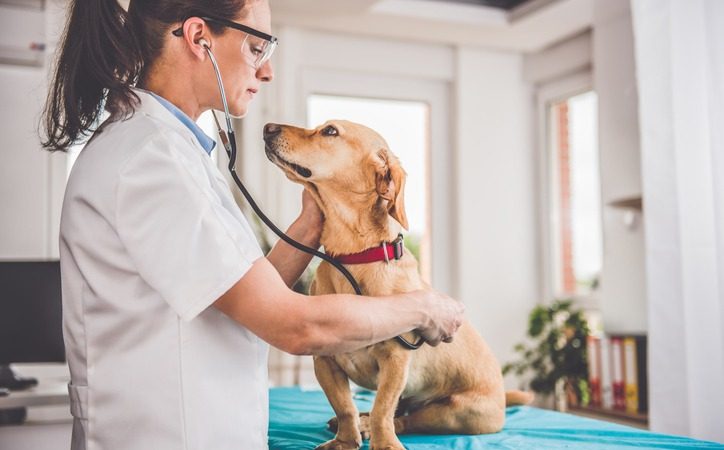Ensuring your pet’s safety at home is essential for their well-being and your peace of mind. With the right precautions, you can prevent common pet accidents and create a secure environment for your furry friends. This guide offers practical tips on organizing your living spaces, training your pets, and preparing for emergencies. By following these steps, you’ll reduce risks and enhance your pet’s happiness and health, allowing you to enjoy a worry-free home together.
1. Create a Pet-Safe Environment
Creating a safe space for your furry friends is crucial in preventing accidents. Start by evaluating your home from a pet’s perspective. Here are some tips on how to pet-proof different areas of your house.
Organize Your Living Room
-
Secure electrical cords and outlets to prevent chewing.
-
Ensure small objects are out of reach to avoid choking hazards.
-
Use furniture protectors or pet-safe sprays to keep pets off dangerous high furniture.
Kitchen Safety
-
Store cleaning supplies and chemicals in locked cabinets.
-
Keep sharp objects like knives and scissors out of paw’s reach.
-
Install childproof latches containing potentially dangerous items on lower cabinets.
Prevent Bathroom Mishaps
-
Keep the toilet lid shut to prevent pets from drinking harmful substances.
-
Place medications and toiletries in cabinets or drawers.
-
Ensure trash cans have lids that curious pets can’t easily open.
2. Maintain Regular Vet Visits
Investing in your pet’s health with regular vet check-ups is key to preventing accidents and illnesses. Your veterinarian can provide essential services such as vaccinations, which can protect your pets from common diseases. Keeping your pets’ health in check reduces the likelihood of emergencies.
Benefits of Regular Check-Ups
-
Early detection of potential health issues.
-
Professional advice on pet care and nutrition.
-
Peace of mind knowing your pet’s health is consistently monitored.
Vaccinate Your Pets
It is crucial to ensure your pets are up-to-date on their shots. Vaccination for cats and dogs helps protect them from a range of serious illnesses and ensures they live long healthy lives. Furthermore, it reduces the risk of spreading diseases to other pets and humans.
3. Train Your Pets
A well-trained pet is less likely to find itself in dangerous situations. Basic obedience training can go a long way. Teaching commands like “sit,” “stay,” and “come” can prevent your pets from darting into dangerous areas or chewing on hazardous objects.
Consider Professional Training
If you struggle to train your pets yourself, professional trainers can help. They can tailor their training to meet the specific needs of your pet, providing you with peace of mind and a safer home environment.
Use Positive Reinforcement
-
Reward your pets with treats or praise for good behavior.
-
Be consistent with commands and expectations.
-
Stay patient and avoid punishment to maintain a trusting relationship.
4. Install Pet Safety Gates
Safety gates are a great way to restrict your pet’s access to potentially dangerous areas in your home, such as stairs or kitchens. These gates can prevent falls, accidental ingestion of harmful substances, and other common accidents.
Choosing the Right Gate
-
Ensure the gate is sturdy and tall enough to prevent your pet from jumping over.
-
Opt for gates with small gaps to avoid pets getting their heads stuck.
-
Regularly check the gate for wear and tear and replace it as needed.
5. Keep Hazardous Items Out of Reach
Pets are naturally curious, and this can sometimes lead to trouble. Store hazardous items such as cleaning products, medications, and sharp objects in secure locations that your pets can’t access.
Use Pet-Proof Containers
Opt for containers with locking mechanisms or hard lids. This way, even the most persistent pets will have a hard time getting into them.
Store Food Safely
-
Keep human food out of reach, as some foods are toxic to pets.
-
Secure pet food in airtight containers to prevent them from overfeeding or ingesting packaging.
-
Ensure trash cans have secure lids to prevent scavenging.
6. Supervise Outdoor Time
Outdoor playtime is vital for your pet’s health and happiness, but it’s also essential to supervise them to avoid accidents. Here are a few tips for safer outdoor exploration.
Secure Your Yard
-
Ensure fences are tall enough and have no gaps through which your pet can escape.
-
Check for potential hazards like poisonous plants or sharp objects.
-
Consider using pet-friendly pesticides and fertilizers.
Use a Leash for Walks
Leashing your pet during walks can prevent them from running into danger, such as busy streets or unfriendly animals. Make sure the leash and collar fit comfortably and securely.
7. Know Emergency Procedures
Despite your best efforts, accidents can still happen. Being prepared for an emergency can make a significant difference. Knowing basic first aid and having an emergency plan can help you act quickly when your pet is in trouble.
Create an Emergency Kit
-
Include items like bandages, antiseptics, and emergency contact numbers for your vet.
-
Keep the kit in an easily accessible location.
-
Regularly check and update the kit’s contents.
Have Emergency Contacts Ready
Make sure you know your local vet’s contact number and the nearest animal hospital. The number for an animal emergency in Oklahoma City, OK, can be a lifesaver during critical situations.
8. Hover High-Risk Areas
Some areas in your home might be more prone to accidents. Identify these high-risk zones and take extra precautions to keep your pets safe.
Windows and Balconies
-
Install screens or guards to prevent pets from falling out.
-
Discourage pets from climbing furniture near windows.
-
Supervise pets when they are on balconies or near open windows.
Garage and Basement
These areas often store chemicals, tools, and other hazardous items. Ensure such items are securely stored and prevent pets from accessing these areas without supervision.
9. Avoid Common Pet Hazards
Preventing common hazards can help reduce the risk of accidents and keep your pets safe.
Beware of Toxic Foods
Some human foods can be dangerous for pets. Common toxic foods include chocolate, grapes, onions, and certain nuts. Make a habit of monitoring what your pets are eating, especially during holidays or gatherings when food is more accessible.
Monitor Playtime
Even during playtime, supervision is key. Make sure toys are safe and appropriate for your pet’s size and chew strength. Avoid toys with small parts that can be easily swallowed or choked on.
What You Can Do Post-Accident
Pet laser therapy has proven to be an effective treatment for animals recovering from accidents. This non-invasive procedure uses light to stimulate cellular activity, promoting faster healing and reducing inflammation and pain. Following an accident, pets often experience discomfort that can hinder their mobility and overall well-being. Trusted pet laser therapy in Oklahoma City accelerates tissue repair, enhances muscle regeneration, and significantly improves your pet’s quality of life. It’s a valuable addition to post-accident care routines, offering a rapid road to recovery.
Final Thoughts
Keeping your pets safe at home involves a combination of environmental modifications, regular health checks, training, and constant supervision. By taking proactive measures, you can significantly reduce the risk of accidents and ensure that your pets lead happy, healthy lives. Every step you take contributes to a safer environment for your furry companions.


